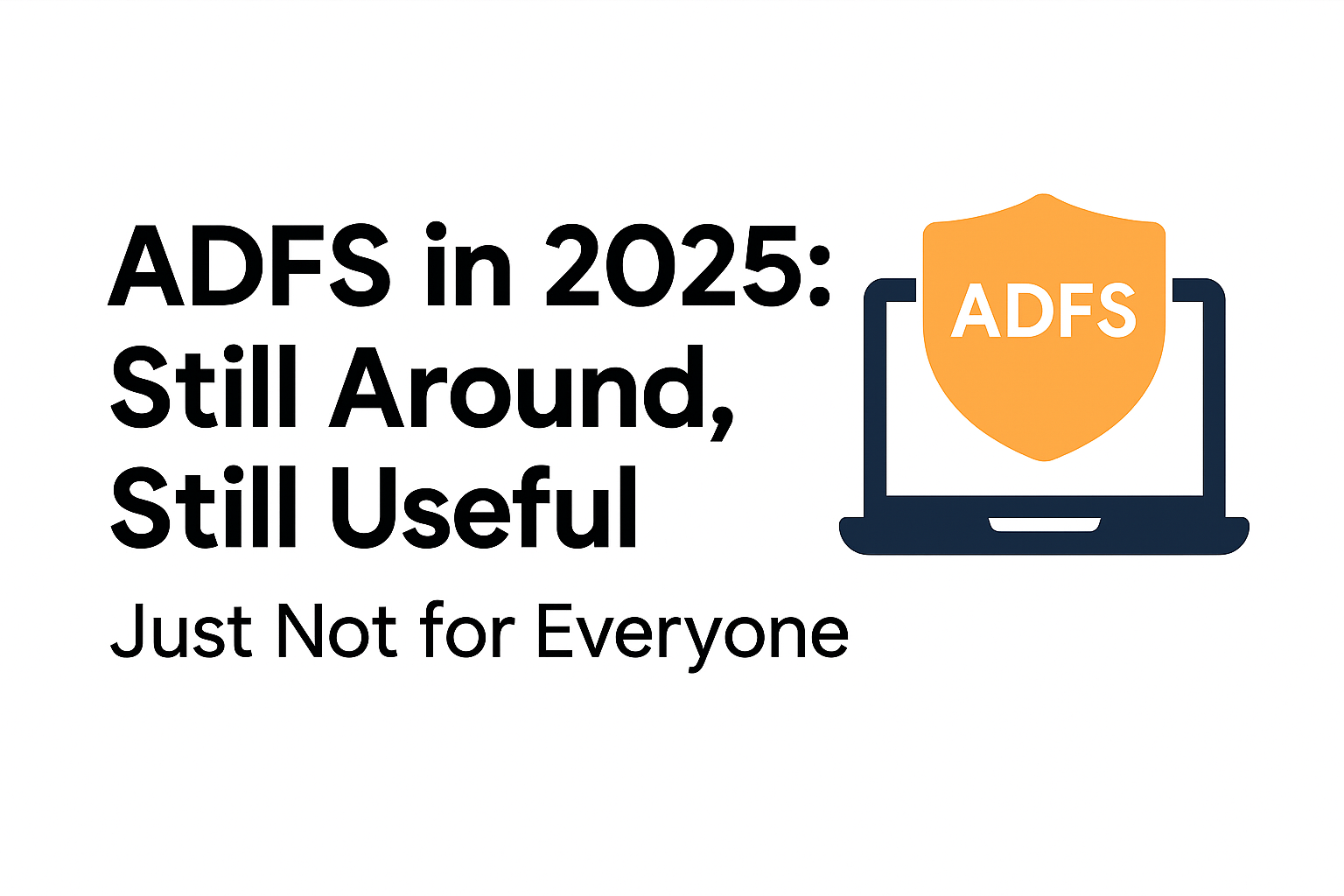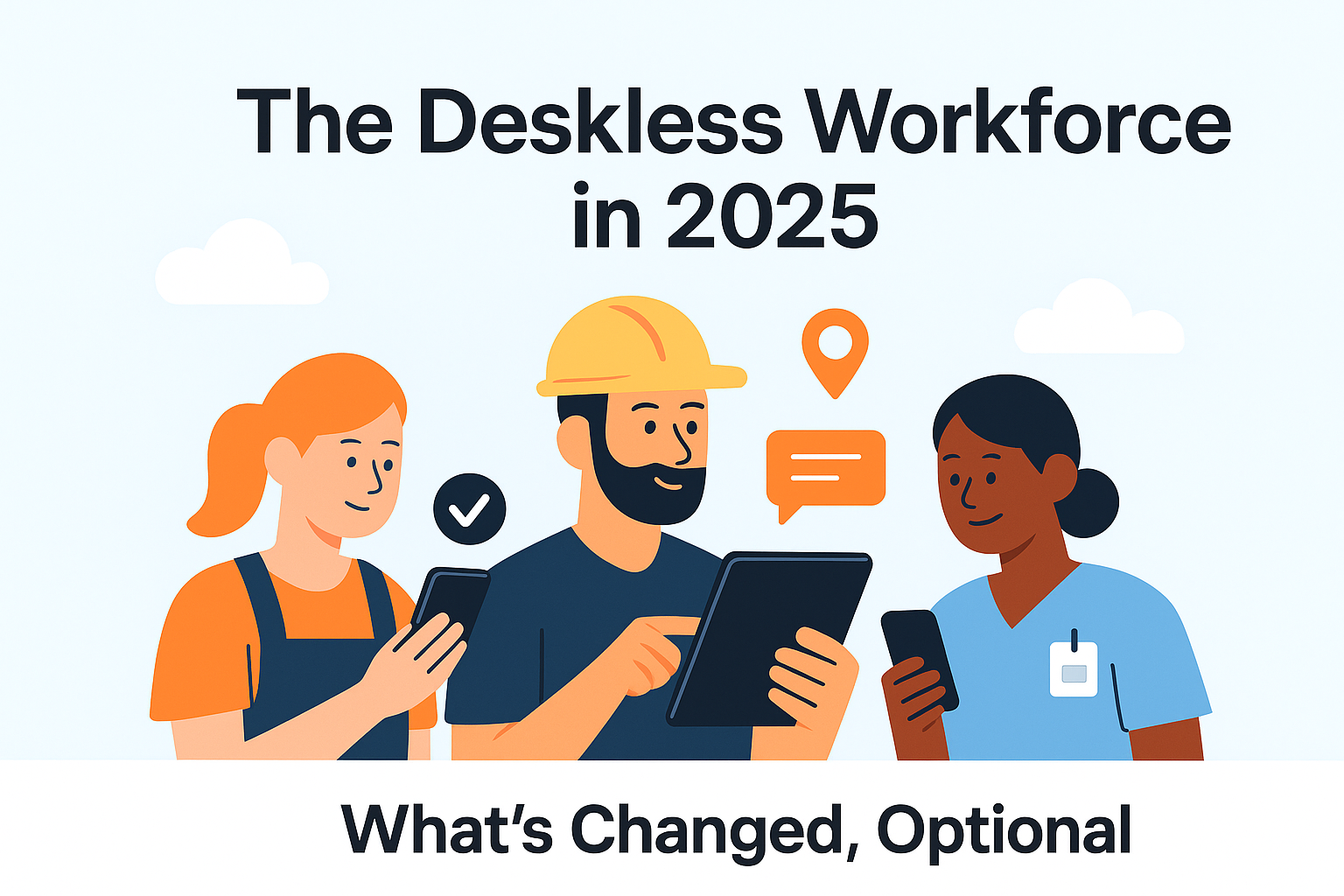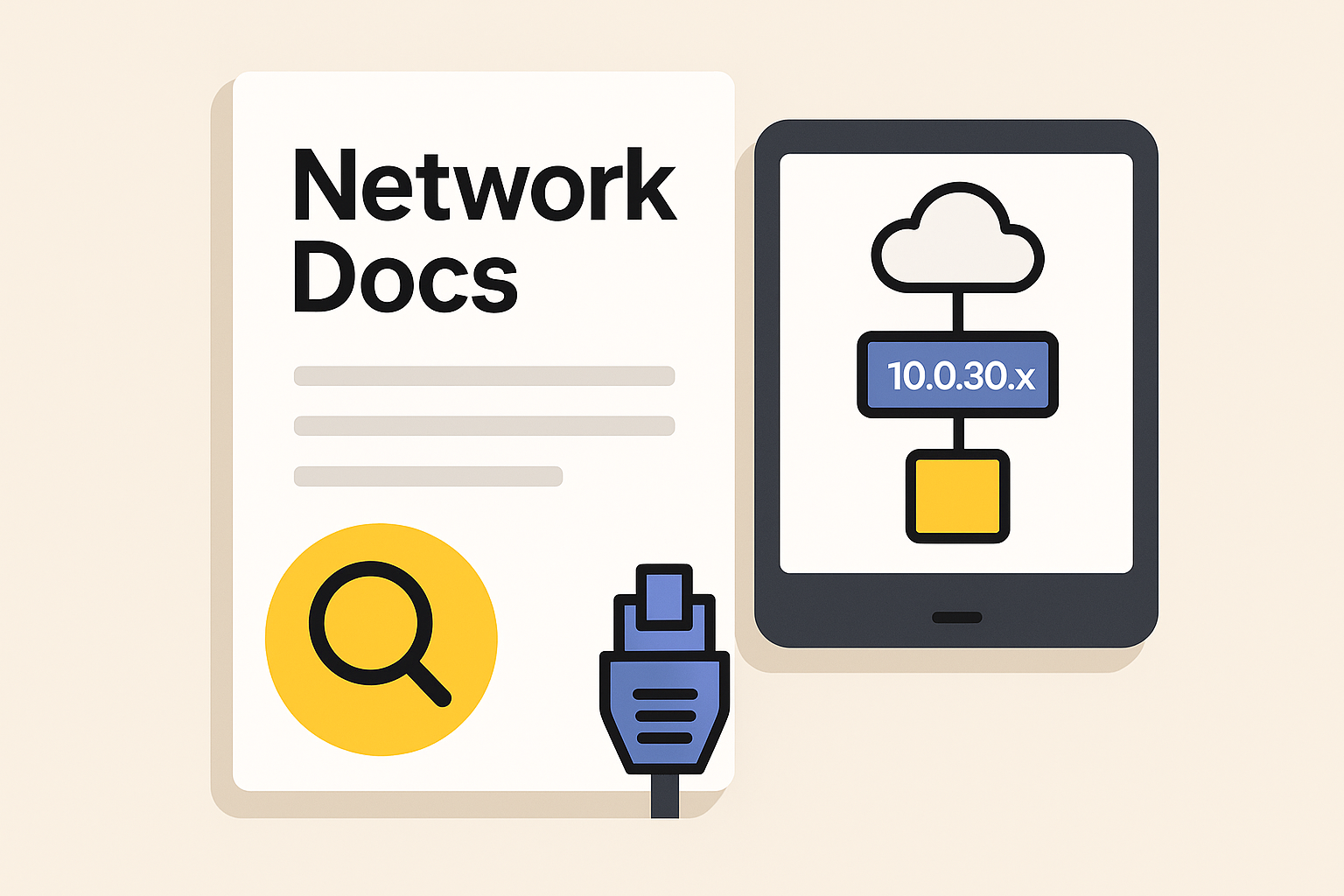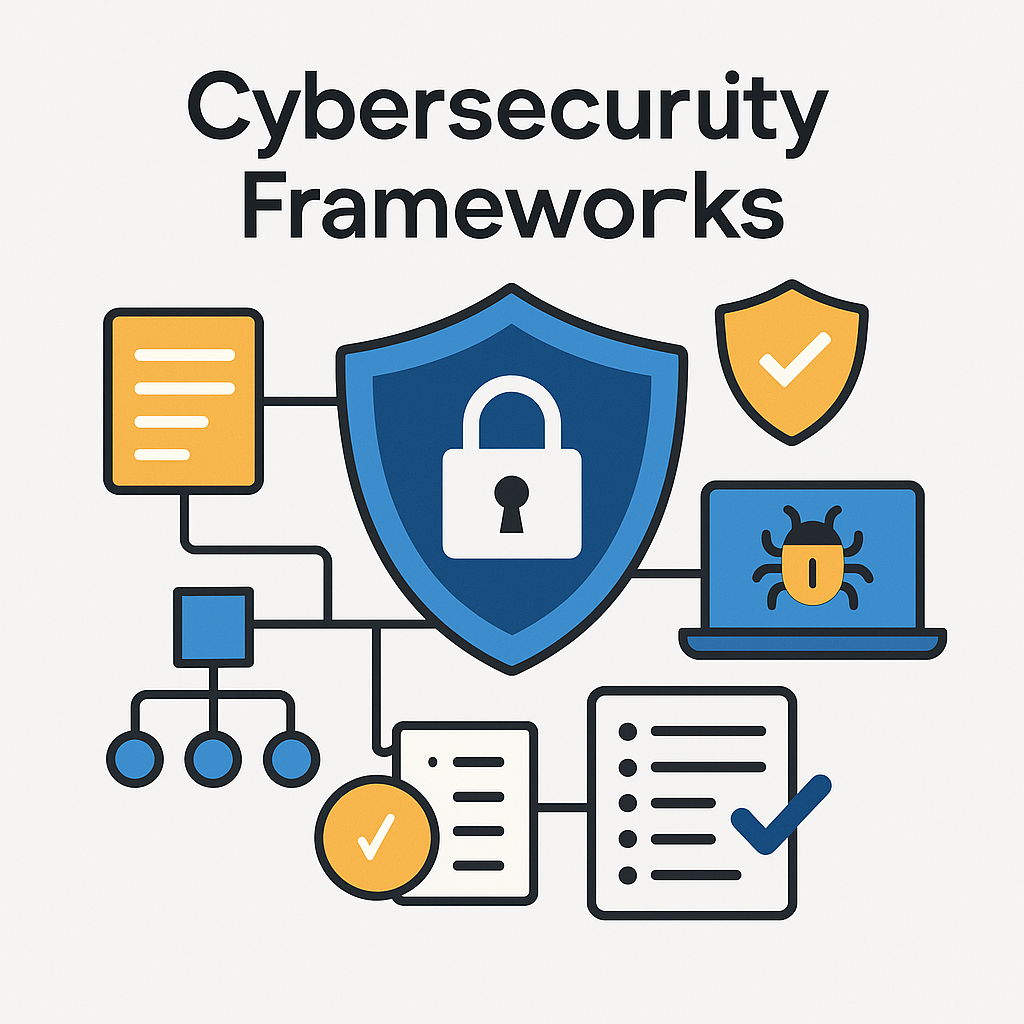Admin Base
Enterprise‑Grade Solutions for
System Administrators
Built to monitor, protect, and control complex networks.
Sysadmin Toolkit
Software

Run multiple environments on a single system with lightweight containers or full virtual machines. These tools help improve resource efficiency, simplify CI/CD pipelines, and isolate workloads for better security and scalability.

Harden your systems against modern threats. From firewall management and intrusion detection to log-based analysis and endpoint protection — this category keeps your data and services safe from attacks.



Track metrics and logs from servers, containers, and applications. Visualize system behavior over time and detect anomalies before they become outages.

Manage files and servers without hassle. These apps offer powerful file browsing, SFTP transfers, and terminal access — ideal for everyday sysadmin tasks.


Automate secure backups across devices and environments. From simple file snapshots to enterprise-grade versioning and deduplication — protect your data, your way.

Insights

- News
Let’s be honest — ADFS isn’t exactly a hot topic anymore. Most new deployments are cloud-first, and Microsoft’s pretty loud about Entra ID being the future. But for certain setups? ADFS still quietly holds the line.
It’s one of those systems that, if it’s already in place and running smoothly, nobody wants to touch — and maybe for good reason.
Quick Recap: What Does ADFS Actually Do?
At a basic level, ADFS lets someone sign in using their regular Windows account and access third-party services without logging in again. It issues a secure “token” behind the scenes — a digital badge that other systems recognize and trust.
This is super useful when you’re working with external vendors, partner portals, or legacy apps that need identity federation. ADFS acts as your in-house gatekeeper, handing out those badges to approved users.
Why It’s Still Relevant in Some Setups
Not everything runs in the cloud. Plenty of teams still deal with:
– Old apps that expect SAML or WS-Fed
– Compliance rules that say identity data must stay in-house
– Smartcard or PKI-based login setups where Entra ID hits limits
– Highly customized rules around who can access what, and when
Basically: when you need full control and have the patience to configure it, ADFS still gets the job done.
Where It Gets Frustrating
Let’s not sugarcoat it:
– Setting up ADFS isn’t fun. Certificates, proxies, network rules, redundancy — all of it takes real planning.
– If it goes down, access to everything federated goes with it. Monitoring matters.
– No built-in fancy stuff like “block this login if the device looks sketchy.” That’s more of a cloud ID thing.
It’s powerful — but not exactly plug-and-play.
What’s Changed Since the Old Days?
Not much, honestly. But there are some quieter upgrades:
– TLS 1.3 and better encryption defaults
– Cleaner support for biometrics via domain-joined devices
– Slight improvements to performance and token handling
– More documentation on hybrid setups (finally)
Still, if you’re chasing modern features like real-time access policies, ADFS is probably not the tool for that.
Should You Use It in 2025?
| Your Situation | ADFS? | Cloud ID? |
| Using smartcards or PKI logins | Yes | No |
| Legacy apps with SAML only | Yes | Maybe |
| 100% SaaS + M365 | No | Yes |
| Need deep claim logic/custom rules | Yes | Not easily |
| Want something easy to deploy/manage | No | Definitely |
Final Thoughts
ADFS isn’t flashy, and it’s not the future — but it still solves real problems in the right places. If you’ve already got it and it’s not broken, you don’t have to rip it out. But if you’re starting fresh, or want something lighter and easier to scale, cloud identity is the way forward.
The key is knowing when to let it go — and when to let it quietly keep doing its job in the background.

- News
Not everyone sits at a desk to get work done. In fact, most don’t. We’re talking about field techs, warehouse teams, delivery crews, people in scrubs, and folks on factory floors. These are the people who keep operations moving — and yet, for years, their digital experience lagged behind.
That’s starting to change — finally. And in 2025, the shift is no longer optional.
Mobile Tools That Actually Work in the Field
Let’s be honest — just handing out a company phone doesn’t solve much. What teams need now are tools that fit into their day, not ones that slow it down. We’re talking:
– apps that load without a perfect signal,
– forms that don’t take ten taps to fill out, and
– dashboards that show what matters right now, not yesterday.
The best platforms today feel like they were designed by someone who’s been on the warehouse floor — not just read about it.
Communication That Flows Both Ways
Managers have always had channels to broadcast info — but what about listening? In 2025, the difference-makers are companies who’ve built feedback loops that don’t require meetings. Quick polls. Shift feedback buttons. A space to say, “Hey, this tool is broken,” without it disappearing into the void.
It’s not about micromanagement. It’s about showing people their input matters — and following through.
Smarter Schedules, Less Drama
Turns out, when you give people some say in when they work — they show up. Shocker, right?
Scheduling in 2025 isn’t just about slots and shifts. Modern systems let staff set preferences, flag conflicts, or even swap in-app. For supervisors, it means fewer last-minute no‑shows. For workers, it’s one less thing to stress about.
One App. That’s It.
Most frontline staff don’t want five apps to check five things. They want one place where they can clock in, see their shift, ask a question, or request time off.
The best companies figured this out and dumped the patchwork systems. The rest? Still getting calls at 7 a.m. because “the app isn’t working again.”
Show Me the Numbers (That I Care About)
More workers want visibility — not into corporate strategy, but into their own work.
– How many jobs did I finish today?
– How long did that inspection take?
– Did I miss any flags?
When you put this kind of data in people’s hands, weird things happen: they start optimizing themselves.
Security That’s Invisible (But Solid)
Most people use their own phones now. That’s reality. So in 2025, security doesn’t come in the form of scary IT memos — it’s baked in:
– fingerprint logins,
– automatic timeouts,
– no data left behind after logout.
The goal? Keep things secure without making life harder.
AI That Actually Helps, Not Annoys
AI is everywhere, sure — but in deskless roles, it needs to do something. In some tools, you’ll find:
– voice prompts walking through a repair step-by-step,
– smart alerts if something looks off,
– visual scans that help ID equipment issues.
It’s subtle, useful, and doesn’t feel like a robot breathing down your neck.
Final Thoughts
If you’re building tech for people who don’t sit at desks, here’s the golden rule: don’t make their jobs harder. Make tools that disappear into the workflow — not ones that add more taps, screens, or confusion.
In 2025, the companies getting this right aren’t just more efficient. They’re seeing lower turnover, tighter safety records, and — no surprise — happier teams.
Because when you meet people where they work, everyone wins.

- News
Let’s not sugarcoat it — networks are messy. Devices get renamed mid-project, subnets appear out of nowhere, and the one guy who *knew* why VLAN 60 existed left six months ago. That’s why this doc exists.
It’s not meant to win formatting awards. It’s meant to save your ass at 2AM when the monitoring dashboard’s flatlined and someone’s asking, “Who set this up?”
This isn’t the full bible of the network, but it’s enough to help you:
– Figure out what connects to what
– See who has access to which bits
– Trace where that mystery 10.0.30.x address leads
– Know who to ping when it’s all falling apart
So yeah — keep it updated. If you change something and don’t jot it down here, you’re just future-you’s worst enemy.
1. Basic Stuff (aka What We’re Dealing With)
– Network Name: Internal LAN — usually referred to as “Techsphere” (or worse things, depending on uptime)
– Owned by: Infra Team — contact Mike or whoever’s not on PTO
– Version: v1.2
– Last sanity check: May 2025
– Main reason this exists: So we don’t have to Slack each other every time someone needs a static IP or asks “Where’s the firewall config?”
2. Overview — What Lives Where
2.1 Topology Sketch
There’s a diagram — yes, an actual diagram — showing the big pieces: DMZ, VLANs, Wi-Fi zones, etc.
Check the shared folder or just yell if it’s missing again. Usually stored in /docs/network-maps/topology-latest.vsdx.
Pro tip: If the diagram doesn’t match reality, assume the network changed and no one told the doc.
2.2 What’s On the Wire (Sample Inventory)
This isn’t the full CMDB. Just the essentials.
| Hostname | IP Address | Device | What It Does | Where It Sits |
| core-sw-01 | 10.0.0.1 | Cisco 2960X | Core switch | Rack A1 |
| edge-fw | 10.0.0.254 | pfSense | Edge firewall | DMZ |
| zabbix-srv | 10.0.20.10 | Ubuntu 22.04 | Monitoring (Zabbix) | Server Room |
If it’s not listed here, it’s either new, forgotten, or still on someone’s desk unplugged.
2.3 IP Addressing — Who Lives Where, Exactly
So here’s the rough breakdown of our IP blocks. This isn’t gospel — things drift sometimes — but it’s close enough to navigate the mess.
| Subnet | Description | DHCP? | Notes |
| 10.0.0.0/24 | Core switching layer | No | Static IPs only, for infra gear |
| 10.0.10.0/24 | Office LAN (users) | Yes | DHCP via AD, leases ~7d |
| 10.0.20.0/24 | Server VLAN | No | Static, tracked in IPAM |
| 10.0.30.0/24 | Wi-Fi (staff) | Yes | WPA2-Enterprise via RADIUS |
| 10.0.40.0/24 | Guest Wi-Fi | Yes | Internet-only VLAN |
| 10.1.1.0/30 | WAN uplinks | No | Point-to-point links, static |
If someone throws a random 10.0.99.x at you — it’s probably a test bench or lab. We don’t always admit those exist.
5.2 Disaster Recovery (When It Hits the Fan)
Okay, let’s be real: if something big goes down, this isn’t the full playbook — but it should give you a solid starting point when things get weird.
If the core switch dies:
- Try rebooting first. If it doesn’t come up, replace with cold spare in Rack A2.
- Configs are in /backup/net-configs/ — look for core-sw-01.conf
If pfSense goes offline:
- Check power first. Seriously, 90% of the time it’s a power hiccup.
- We’ve got a clean USB image and config backup in /rescue-images/
- WAN IP might need to be reissued depending on ISP behavior
If monitoring (Zabbix) is down:
- Check if it’s the host (zabbix-srv) or just the frontend
- You can SSH into it using infra SSH key and restart via systemctl restart zabbix-server
Everything else dead?
- Power outage? Check UPS logs.
- If the NAS is down — backups are mirrored to cloud every 24h (check Borg logs)
- Call Mike. Or panic. But preferably call Mike.
DR test was last run in January 2025 — we recovered the whole stack in ~90 mins. Room for improvement? Sure. But it worked.

- News
When it comes to managing cybersecurity risks, there’s no shortage of frameworks out there. They all promise structure, clarity, and resilience — but to most teams, they first feel like an overwhelming pile of jargon. Let’s break that down.
A solid framework doesn’t try to be everything at once. It’s a toolkit, not a rulebook — a way to stay organized when incidents strike and pressure’s high. Instead of starting from scratch, these systems give you the building blocks to create a security posture that fits your setup.
What’s a Framework, Really?
Think of it as a layered checklist for your infrastructure. It helps answer questions like:
– What are we defending?
– Where are the vulnerabilities?
– Who’s responsible for what?
– And how do we react when something slips past?
Some frameworks lean toward compliance, others toward rapid ops. None are flawless — but the right one for your org will bring clarity where chaos used to be.
The Frameworks That Professionals Keep Reaching For
NIST CSF
This one’s widely adopted because it’s flexible, not prescriptive. Built around five action categories — Identify, Protect, Detect, Respond, Recover — it’s adaptable enough for tech startups and government contractors alike.
ISO/IEC 27001
The heavyweight for international security standards. It’s deeply procedural, with strong emphasis on documentation, audits, and control cycles. A common pick for organizations that operate across multiple regions or industries with formal compliance demands.
COBIT
More about strategy than controls. COBIT is often used by enterprises that want security policies to align closely with business management and governance. It’s less technical and more structural.
CIS Controls
These are clear, ranked priorities. Ideal for teams that just want to get moving, CIS provides a condensed set of actions with tangible impact. The Controls list is practical — and often the fastest way to reduce risk early.
IEC 62443
If your world includes SCADA, OT systems, or factory-floor machinery, this is your go-to. Designed for industrial security, it addresses hardware/software that isn’t easily patched or taken offline.
MITRE ATT&CK
Rather than a security framework in the traditional sense, ATT&CK catalogs real-world attack tactics and behaviors. It helps teams spot adversary patterns early and model their defense accordingly. Best used alongside a primary framework, not instead of one.
Why So Many? Because Context Matters
Security isn’t one-size-fits-all. A mid-size SaaS company and an energy provider will have completely different priorities. That’s why no single framework works universally. Instead, think layered — mix and adapt.
Some teams start light with CIS. Others jump into ISO because their clients require it. Hybrid environments might map NIST roles onto MITRE scenarios. It’s less about which one you choose, and more about how you apply it.
Where to Begin — Without Getting Stuck
| Use Case | Frameworks to Consider |
| Clean slate, no policies in place | CIS Controls, then NIST |
| Mature environment, formal audit needs | ISO/IEC 27001, COBIT |
| OT systems with strict uptime constraints | IEC 62443 |
| Security team growing into detection ops | MITRE ATT&CK alongside NIST |
Putting It All Together
Here’s a common sequence used by teams that want traction without red tape:
1. Start with CIS Controls — close obvious gaps in system hardening and access.
2. Bring in NIST CSF to define roles, responsibilities, and long-term planning.
3. Apply MITRE ATT&CK to threat modeling and incident analysis.
4. If the business demands compliance, ISO 27001 comes in last — not first.
Frameworks are tools, not trophies. What matters is not how many pages you check off, but whether your people can act when something goes wrong.
Final Thoughts
Security frameworks won’t protect you by themselves. But they will help you stay consistent, avoid blind spots, and respond faster when things break. Choose the one that speaks your team’s language. Refine it over time. And never treat documentation as done — because neither are attackers.
